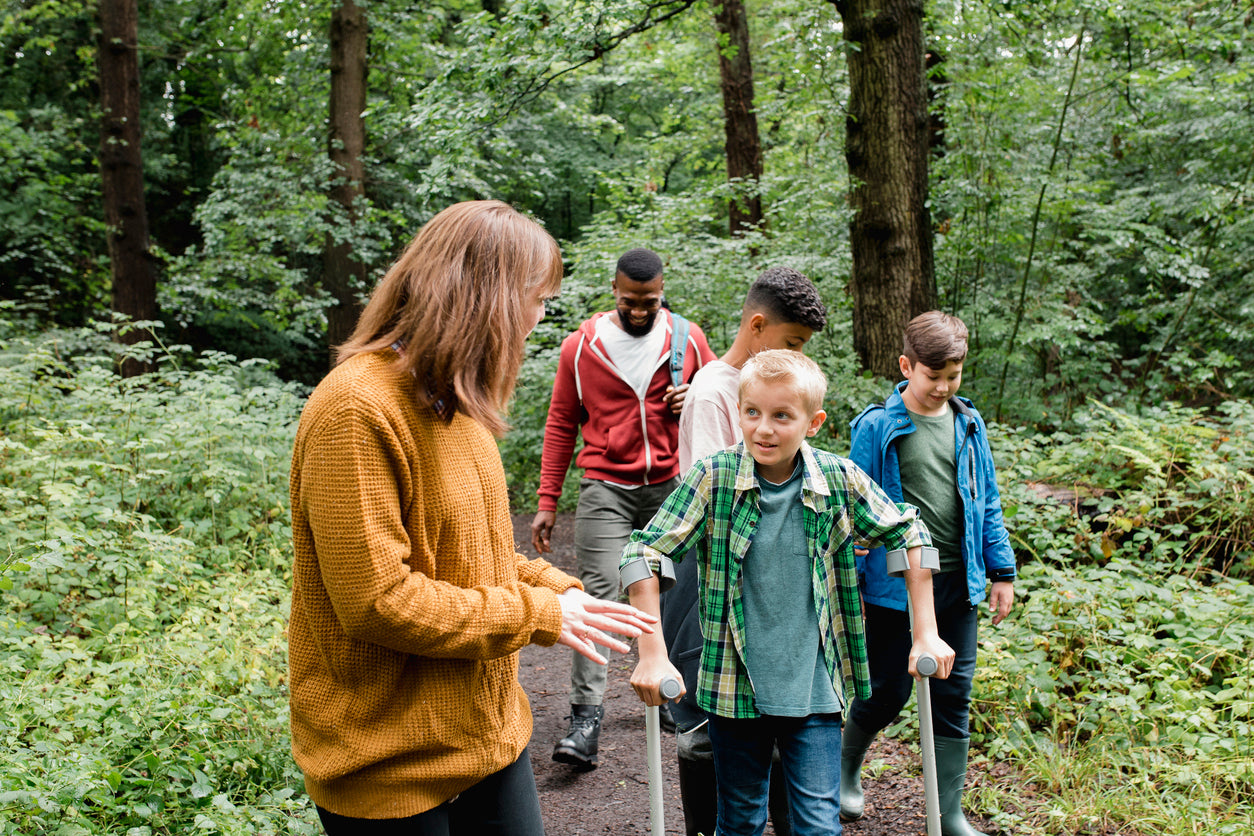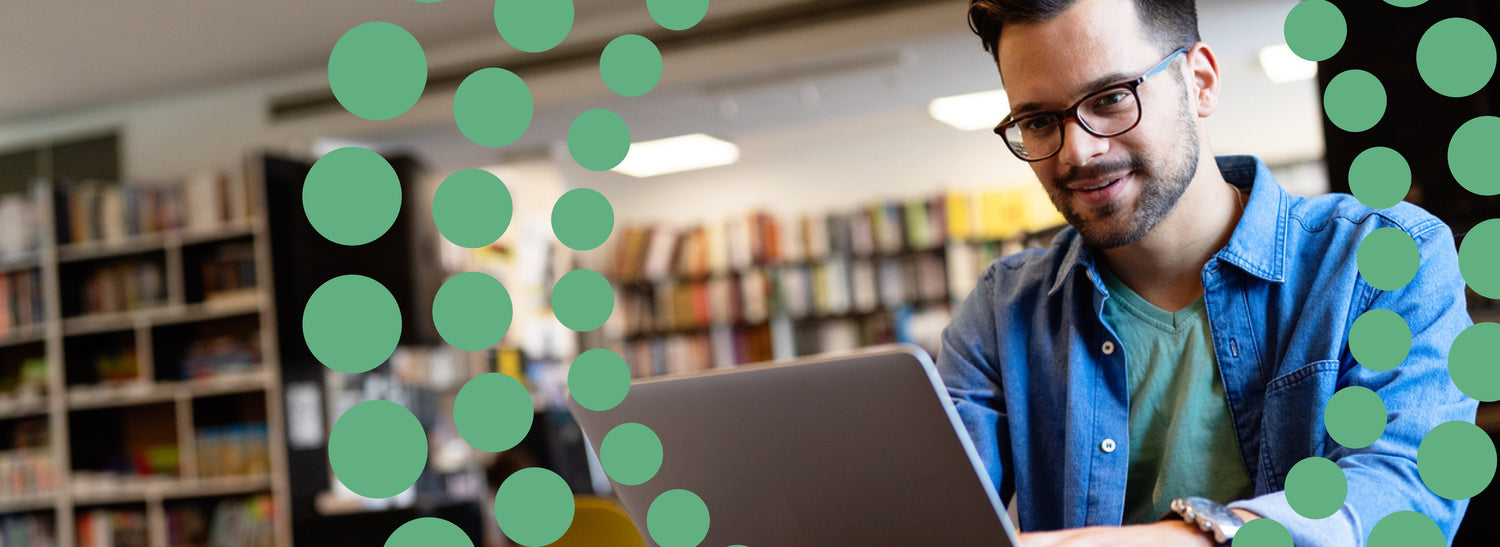Explore our collection of informative and educational blog posts to stay updated on the latest industry trends and expert advice.
5 Big Things Transformational Teachers Do

How many teachers have truly changed the way you think about a subject, or about life in general? One? A handful? None? More important than the number of life-changing instructors you’ve had is the method by which they changed you— because ideally, with a little reflection, you can summon those same powers to make an impact on your own students.
Below we take a look at what makes a transformational teacher according to today’s educators and researchers.
What Is Transformational Teaching?
“We talk a lot about teaching that transforms— that is, teaching that changes people, altering fundamentally the way learners understand themselves and others, the way they engage in and contribute to their larger world,” says Debie Lohe, Director of CTTL. “But transformation is a tall order…the word ‘transformation ‘can sometimes feel like an empty signifier, like one of those cliches people trot out to make the work they do seem larger and more significant than it really is…how does one move from aspiring to transformation to achieving it?”
Lohe recommends starting with George M. Slavich and Philip G. Zimbardo’s review article, “Transformational Teaching: Theoretical Underpinnings, Basic Principles, and Core Methods.” Published in the Educational Psychology Review, the article “considers the relationship between several teaching methodologies used by numerous faculty across the country— specifically, interactive and collaborative learning strategies and transformational teaching,” which they define as “the expressed or unexpressed goal to increase students’ mastery of key course concepts while transforming their learning-related attitudes, values, beliefs, and skills.”
Inherent in their review is the notion that education should be “more about inspiration than information.” And that applies to both students and teachers. A transformational teacher, then, is one who “not only achieves transformation in her students, but who also models a willingness to be transformed by learning herself.”
Slavich and Zimbardo present six core methods of transformational teaching that reflect this notion:
1. Establishing a shared vision for a course.
2. Providing modeling and mastery experiences.
3. Intellectually challenging and encouraging students.
4. Personalising attention and feedback.
5. Creating experiential lessons.
6. Promoting preflection and reflection.
Slavich, who teaches at the University of Oregon, says transformational teaching goes beyond both passive lecturing and active learning: “Transformational teaching is about employing strategies that promote positive changes in students’ lives. The goal is not simply to impart certain information to students, but rather to change something about how students learn and live. If a particular lecture or course project excites a student so much that he or she becomes and remains interested in the field of psychology, then transformational teaching has occurred.”
But it’s got to be a lasting change.
“Transformational teaching… concerns more than just getting students excited about psychology. It is about making lifelong changes.”
As a guide, Slavich proposes the following parameters for measuring transformational teaching:
1. The teacher is conceptualised as an instructor of the relevant material and also as a change agent who guides students through the transformational process.
2. In his or her role as change agent, the teacher works to decrease students’ perceived barriers to success while increasing their self-efficacy for change.
3. Teaching centres on the use of self-change projects but requires previous mastery of the course concepts via other teaching methods.
4. Students are viewed as being capable of mastering the course content and achieving the targeted changes.
Rosebrough and Leverett, two of the pioneers of the transformational teaching paradigm, write: “Teaching should be about transforming learners through a synergy of academic, social, and spiritual goals. Teachers need to consider their ‘value added,’ which considers what difference they make in the learning and lives of their students. As technology continues to expand and the rate of change increases, teachers can return to the question of ‘why they teach’ in order to make sense of things.”
So how exactly does transformational teaching work in practice, and who’s at the forefront of the movement?
How Does It Work?
In 1994 Erin Gruwell began student teaching at Woodrow Wilson High School in Long Beach, California. She was assigned low-performing students, including one who had transferred to Wilson from a rival institution where he had allegedly threatened his teacher with a gun. After her year of student teaching, Gruwell returned to Wilson as a full time teacher, this time with a class of sophomores. Gruwell reached her students by asking them to keep journals and make movies of their lives, and by relating the family feud in Romeo and Juliet to a gang war. She also had the students read books written by and about other teenagers in times of war. Writing journals became a solace for many of the students, and because the journals were shared anonymously, teenagers who once refused to speak to someone of a different race became like a family. All 150 “Freedom Writers” graduated from high school and many went on to attend college.
In 1998, after teaching for only four years, Gruwell left Wilson High School and became a Distinguished Teacher in Residence at California State University, Long Beach. Gruwell later went on to start the Freedom Writers Foundation, which aspires to spread the Freedom Writers method across the country. Gruwell wrote a book about her experiences, The Freedom Writers Diary, which was made into the 2007 film starring Hilary Swank.
Others have been following suit in their own way ever since.
At the University of Western Australia, Ben Jackson and his colleagues are testing the relationship between transformational teaching and achievement in physical education. “In the specific context of school-based physical education, a growing body of evidence suggests that displays of transformational teaching are related to a range of adaptive responses among students,” they write in a 2015 report in the Journal of Health Psychology. “These include improvements in self-determined motivation, psychological need satisfaction, satisfaction with the teacher, enjoyment of physical education, engagement in class, as well as stronger intentions to engage in leisure-time physical activity (LTPA) outside of the school setting.”
At the Centre for Teaching and Learning at the University of Minnesota, educators are using transformational teaching to bring the real world to their students.
“Looking back at my own experiences in teaching, it seems important to design the moments and experiences where transformation can occur,” writes Virajita Singh, who teaches and learns at the University of Minnesota’s College of Design and the Center for Sustainable Building Research. “When we have experiences that touch our humanity at a deep level, transformation is likely to occur.”
In four recent teaching experiences, Singh watched students at the University of Minnesota go through a transformation of sorts:
1. “On a Global Seminar to India that focused on the sacred and the sustainable, a physical journey, meeting and working with school children among the urban poor in India and starting to build using local methods on a sacred site there were profound experiences. Here, it was being in two completely different geographies and cultures of US and India with radically different ground realities that triggered the transformation.”
2. “In a design studio and seminar course on homelessness I co-taught at the College of Design, spending a day in the life of a homeless person, designing to meet the needs of a homeless person in the street and then designing an upgrade for the space in a local shelter, created powerful experiences. The students interacted with and had their own work reviewed by homeless persons in Rapson Hall. Here, it was the encounter of an alternative life, the meeting of and working for people that often exist as stereotypes that triggered the transformation.”
3. “With a visiting Canadian colleague, I taught a design studio that brought graduate and undergraduate students together to work with a local Mendota Dakota community. Here, the impact of understanding history from a contemporary perspective, getting to know members of a Dakota tribe, understand their traditions, being mentored in their skills, and designing and building for their sacred ceremony created a transformational experience.”
4. “And in a recent design thinking based class I taught, freshmen connected to an expanded view of design, engaging their own creativity and visited other places and units within the university’s Twin Cities campus that supported creativity and design. Here it was the on-going reflection across multiple contexts that led to transformative insights and experiences.”
On that note, let’s take a look at some of the methods transformational teachers use and why.
How to Be a Transformational Teacher
At Roosevelt University in Chicago, Steven A. Meyers studies the effects of transformative pedagogy on student achievement. In a recent review, Meyers highlights how faculty members who teach online courses can learn to transform their students. His recommendations include 1.) creating a safe environment; 2.) encouraging reflection on experiences, beliefs, and biases; 3.) promoting engagement and participation; 4.) posing real-world problems that address societal inequalities; and 5.) helping students implement action-oriented solutions.
Here are our top five transformational practices. What would you add to the list?
1. Let yourself be inspired.
Want to inspire your students? Allow yourself to be inspired by them. Imagine what a breath of fresh air it is to them when you momentarily shed your authority and demonstrate that people never stop learning.
2. Put theory into practice.
Too many courses focus on concepts and theories and never allow students to apply what they’ve learned to a real life situation. Offer opportunities for students to put theory into practice, whether in a local or remote (virtual) setting. This is a great way to solidify important concepts in students’ minds as well, because they are more likely to remember material with some sort of emotional and/or practical salience.
3. Always show that you care.
Researchers have found that the more a teacher cares about her students, the more respect she will receive from them. Earlier this year, Utah State University PhD candidate Andrew S. Larsen published a graduate thesis entitled, “Who Cares? Developing a Pedagogy of Caring in Higher Education.” Interviewing twenty university students and ten professors, Larsen was able to identify the following eight measures of caring as most important in a higher education setting. The first was knowing students’ names.
“When you know a student’s name, you’re saying to them that you’ve made an investment in them,” says sociology professor Faith Johnson, who was part of Larsen’s study. “You’ve expended a little time and effort on their behalf. And that effort breaks out a chunk of the wall that initially stands between professor and student.”
4. Talk openly about pedagogy.
Why is it considered taboo to talk with students about educational practices and policy? Why do we treat students like their opinions on education don’t matter? It’s so important to be open and to show that we value their input.
5. Give feedback that counts.
Grading is a time-consuming and not-entirely-pleasant process we are all too familiar with. But it’s extremely important for students to receive more than a number in return for their hard (or lazy) work. Try to move beyond vague or unhelpful comments like “more here” or “unclear.” Go into specifics, and if possible, meet with students in person or give them voice-recorded feedback.








